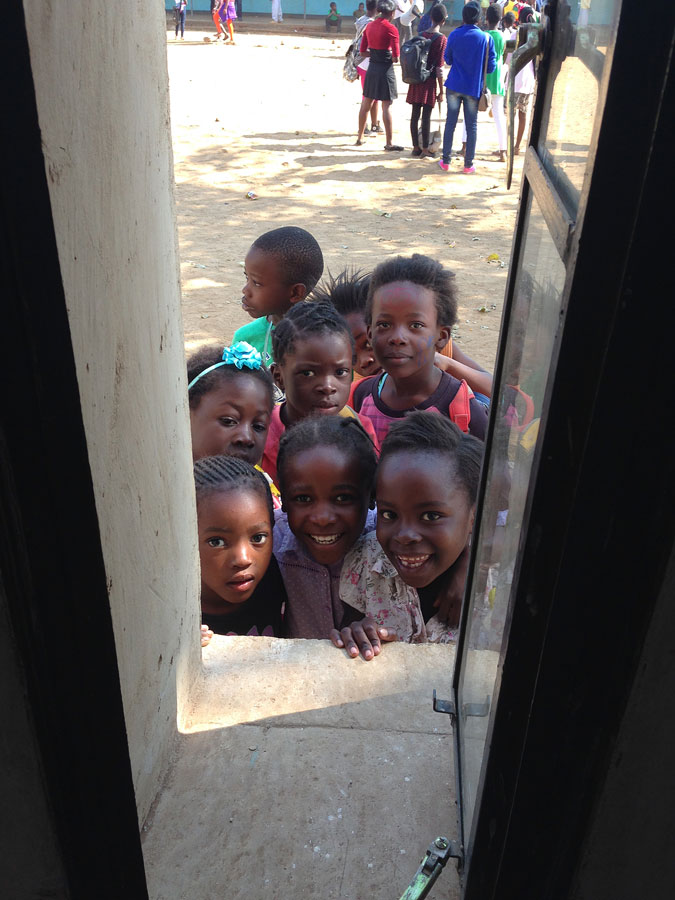Green School Zambia:
"You have to be good at improvising"

What is the Green School Project in Zambia all about?
Klaus Mindrup: The Zambian Ministry of Education wants to build 10,000 new classrooms over the course of the next nine years. Together with our partner university, the University of Zambia, we are working on the development of a school building prototype that is suitable for cities and well as for rural areas.
How are the reactions there?
We are hoping that the Ministry will accept our proposal. We want our prototype – with its indoor climate, its energy and sanitation concept and its resource consumption – to have sustainable impact on the standards for school buildings in the region. At TUM, there have already been some theses and projects focusing on this topic.
What distinguishes your design from the standard school buildings in Zambia?
Mindrup: The standard model is a concrete building with large windows and a simple metal sheet roof. Thus, the classrooms tend to become very hot in the dry season. We tried to improve that. The roof of the prototype consists of two layers, and it doesn’t heat up so much. The windows are long and narrow, so the rooms get a lot of light – but without much direct sunlight.
Is this a new approach?
Mindrup: No, this is not completely new. Before the colonial period, the basic idea behind this was common practice. What we did was to combine the advantages of modern and traditional elements. It was important that our prototype should not be it should not be more expensive more expensive than the common school buildings in Zambia up to now. Also, we mainly use renewable and locally available materials, so our concept is very sustainable.
Over Easter, you were in Zambia for three weeks. What did you do there?
Mindrup: The school building prototype has been in operation for one year now. We wanted to see whether our concept works out and where there is still need for improvement. Thus, the three of us visited Lusaka again to install measuring devices, in order to collect as much data as possible about the climate conditions in the classrooms over the course of one year.
Matthias, what task were there for you and Jonas?
Matthias Sing: As part of my Master's thesis, I developed a measurement system to collect and provide the data. The preparations in Germany took four months. I bought test parts and built a system for our project. In Zambia, me and the others assembled the system and put it into operation. Jonas’ Bachelor thesis is about transferring the data – and he takes care of the server that is used to process the data.
How was your time in Zambia?
Mindrup: Full of surprises (laughs). When we arrived, we first had to look for the tools we used during our last visit in the summer of 2014. We had lent it to a Zambian who was not in the country at the moment. No one else knew exactly where everything was stored. Also, to our surprise, there was a church service in the classroom on the weekend we wanted to install our meters. Thus, we first had to figure out how and when we would be able to work. Actually, it was like that throughout the whole construction phase of the project: You have to be good at improvising.
Klaus Mindrup (29) has been working as a researcher at the TUM’s Chair of Timber Structures and Building Construction for one year – and his own Master’s was also about the Green School Project in Zambia.
Matthias Sing (24) is in his 11th semester of Electrical and Computer Engineering at TUM. After completing his Master's degree in summer, he is planning to work in the industry.
(Interview: Sabrina Czechofsky)